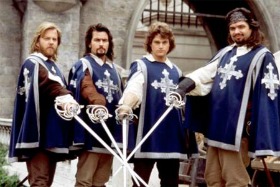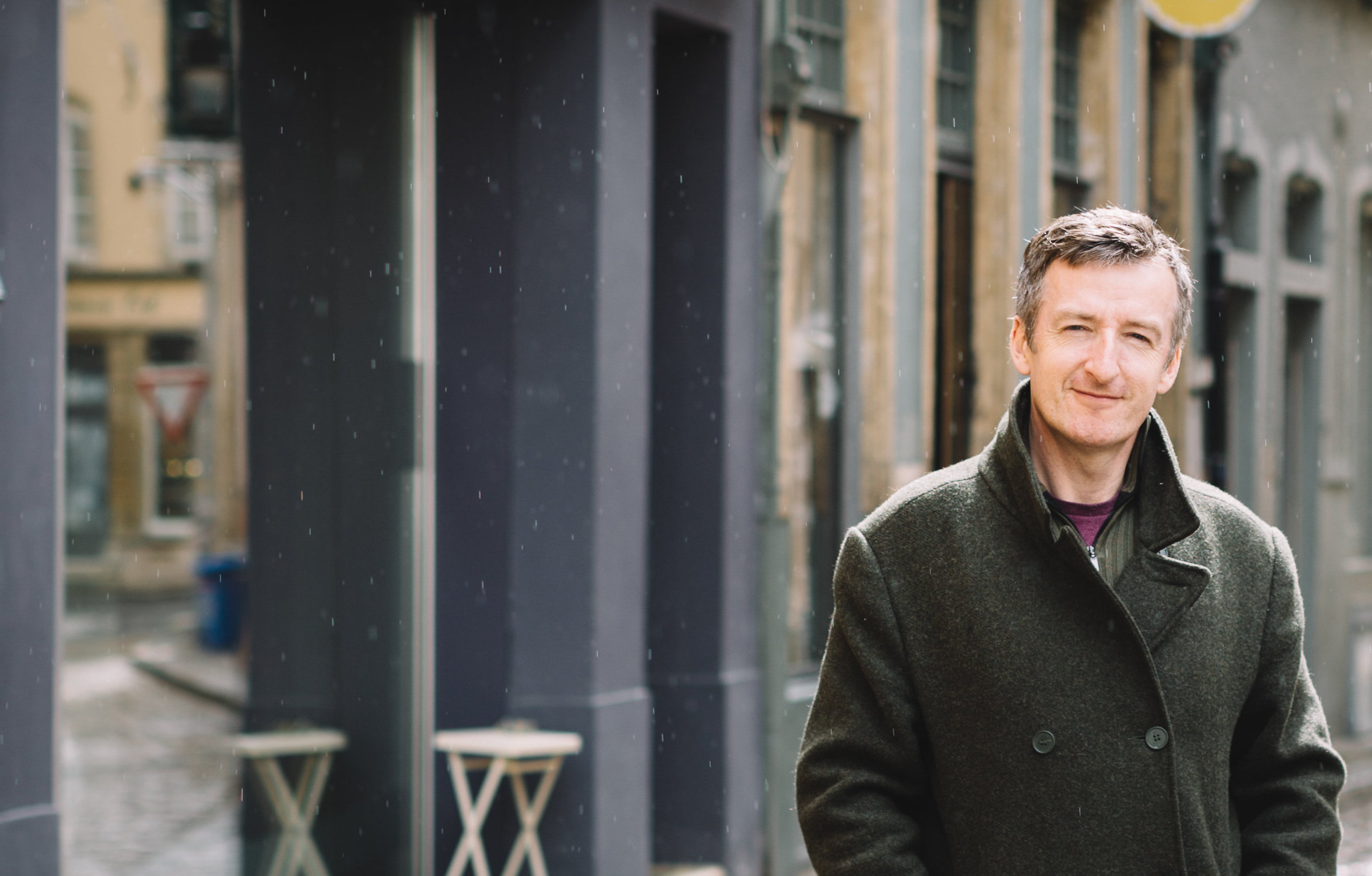 In the chapel of the Pio Monte della Misericordia, I stood before the great painting now known as Seven Works of Mercy (Caravaggio called it Our Lady of Mercy.) The noise and chaos of Naples’s narrow streets spilled through the door of the chapel, just as they had in Caravaggio’s day. I wondered at the force of personality and the drive to create that enabled him to paint this phenomenal work of devotion and love, while separated by a single door from a raucous crowd in which may have lurked the men who wanted to kill him.
In the chapel of the Pio Monte della Misericordia, I stood before the great painting now known as Seven Works of Mercy (Caravaggio called it Our Lady of Mercy.) The noise and chaos of Naples’s narrow streets spilled through the door of the chapel, just as they had in Caravaggio’s day. I wondered at the force of personality and the drive to create that enabled him to paint this phenomenal work of devotion and love, while separated by a single door from a raucous crowd in which may have lurked the men who wanted to kill him.
When he first went to Naples, Caravaggio had a price on his head for a fatal duel in Rome. He returned a year later unpardoned and with the additional danger of a noble Knight of Malta eager for revenge after a brawl. Caravaggio knew how to fight and, unfortunately, was at least as eager as his peers to engage in that activity (There’s no evidence that he was the homicidal nutcase portrayed in some “documentaries” and depictions of the artist. Everyone carried a sword; most were prepared to use it; Italian men were obsessed with their honour. If Caravaggio killed a man, it represented an extreme action, but not one for which most of his pals would’ve thought any worse of him.)
So Caravaggio knew how to duel, and most of my book A Name in Blood is from his point of view, thus I too had to learn how to wield a rapier.
By coincidence (in the obsessive state of researching A Name in Blood, I sometimes thought rather that it was fated), the Academy for Historical Fencing happens to be located in the town where I was born and where my parents live: Newport, South Wales. It’s a former steel town with little apparent connection to historic chivalry, yet Nick Thomas, a Medieval and Renaissance sword enthusiast, started the Academy there.
So I found myself driving up to Caerleon, the suburb where the Romans once had a fortress, on a Friday night with my Dad, ready to do battle.
The rather dandified image of dueling is over-romanticized. “You could fight like a gentleman or like a thug,” Nick said. “But it was all about killing, in the end. So it could be said that the thug predominates.”
Nick is a delightfully obsessed martial arts fan who learned Renaissance Italian so he could translate his favorite fencing manual (Ridolfo Capo Ferro’s 1610 masterpiece, the Gran Simulacro) and has won many European rapier competitions. By day he and his brother write zombie fiction (their latest is Sherlock Holmes and the Zombie Problem). With several friends, he founded the Academy in 1996. They run classes in Bristol, England, and Newport.
The Academy class gives new recruits a choice: slam each other with the medieval broadsword or run each other through with a five-feet-long rapier. Well, figuratively, at least.
In terms of the descriptive detail I picked up, my studying with Nick was invaluable. My previous fencing knowledge was drawn from contemporary epee fighting. But the rapier is very different. For a start the sword is much heavier and no one wants a drawn out bout. Things happen faster, in a single motion, rather than by building a series of moves as in epee work. Even the way you hold the sword is different.
After strapping on my chest protector and pushing down a visor tight over my big Celtic head, I discovered that I had two favorite moves. The first is simplicity itself: as the opponent thrusts, you turn your wrist up, thus deflecting his sword past your head, and at the same time you lunge at his face. The second of my favorites is pure thuggery: parry your opponent’s sword to your right, step forward with your left foot, and drive your dagger under his armpit.
While I fenced, I learned something about Caravaggio that was at least as significant, for me as a novelist, as the technical aspects of wielding a rapier. I learned about his nerve.
For a moment, when your opponent thrusts, you see the point of his sword coming right at your eyes. It takes steadiness not to watch it come on and instead to execute the parry and riposte. To do so without protective gear would surely take what the Italians call “coglioni.” I don’t think I need to translate that. It gave me a deeper degree of understanding of Caravaggio’s character that was very important in writing A Name in Blood.

 Inspiration for Mozart
Inspiration for Mozart
Leave a Reply